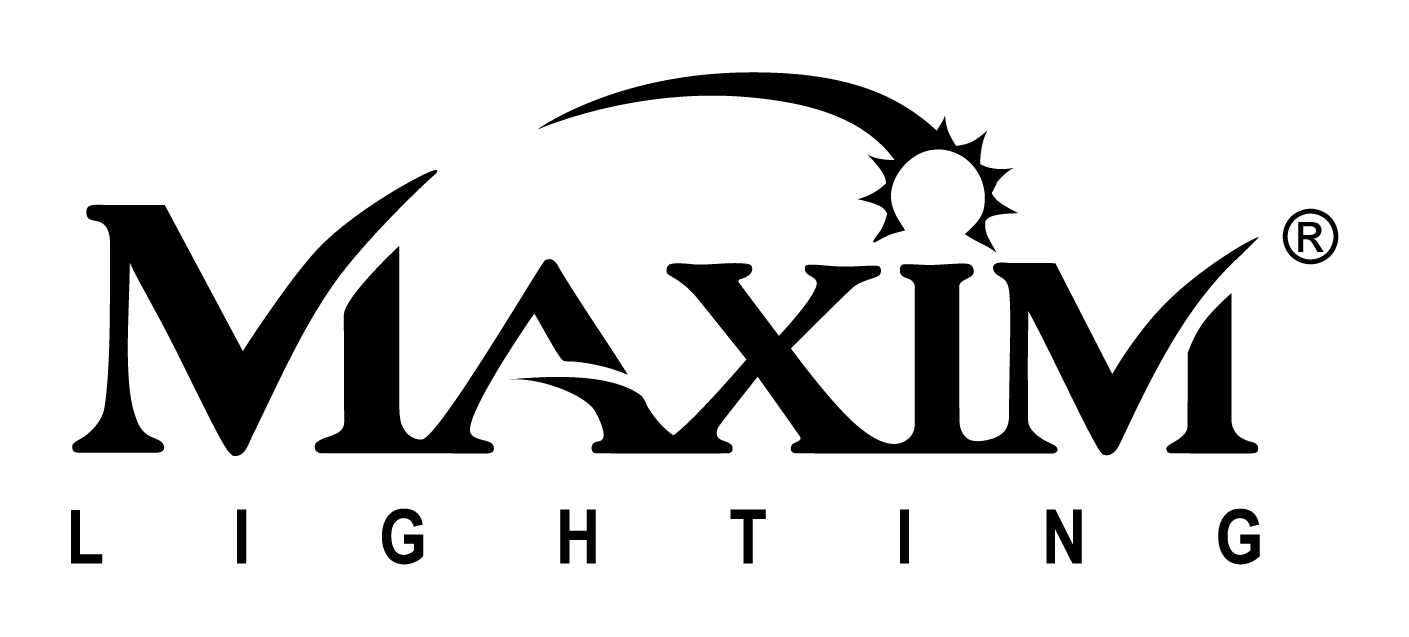
WESTERN DISTRIBUTION CENTER
(HEADQUARTER)
253 NORTH VINELAND AVE
CITY OF INDUSTRY, CA 91746
EASTERN DISTRIBUTION CENTER
4200 SHIRLEY DR.
ATLANTA, GA 3033
P. 626.956.4200
F. 800.486.7337
maximgroupco.com
(HEADQUARTER)
253 NORTH VINELAND AVE
CITY OF INDUSTRY, CA 91746
EASTERN DISTRIBUTION CENTER
4200 SHIRLEY DR.
ATLANTA, GA 3033
P. 626.956.4200
F. 800.486.7337
maximgroupco.com
Solution Based Selling
In our crazy fast paced lighting world, it is easy for us to get caught up and overly excited about the products we are representing. It is important that we keep in mind the perspective of our customer. I once interviewed a lighting designer in Richmond, VA who explained to me how he would like to be presented to and it completely changed my method of interacting with the specification market.
DON’T ASSUME EVERYONE IS CONCENTRATED ON THE SPECIFICATIONS ON THE PRODUCT
One of the first mistakes I made is to assume everyone was approaching a lighting product from a product specification side. More lumens for less dollars seemed like an easy sale. However, is speaking with this designer, he explained to me that he is human like everyone else and would like to get emotionally attached to the EFFECT of the product first and then would like to learn what products were used to create the beautiful application shots. Thus, the lesson I learned here is to start with stunning project pictures and case study videos that capture your audience’s emotional side.
DON’T ASSUME THAT EVERY LIGHTING DESIGNER FULLY UNDERSTAND THE RELATIVE SPECIFICATION
Of course, it is safe to assume that most lighting designers are going to understand CRI, Lumens, footcandles, etc. But what we have found is that it may not resonate how these specifications affect the final output. It is important to show how your relative specs may change the final lighting output on a specific application shot. It is important to invest the time (and money) into a good software that shows various lighting layout affects so you can show what good CRI looks like, how varying color temps can affect a linear layout out if the binning is not tight and how many lumens are needed to get to the intended effect for a particular space. I can assure you that everyone has a different idea as to what 3000K looks like as well as what 300 lumens should appear.
Once you get the designer/specifiers attention and can show a visual affect as to how various specifications can add (or take away) from a space, you have added a lot of value to your presentation as well as the manufacturer’s product you are represent. So, to summarize:
1. Use a lot of application shots/videos to gain your client’s attention
2. Show how your relative specs can change the area (visually) with the appropriate lighting software
3. It is at this point that you can begin to get into product specifications and unique benefits of the company you are representing.
Overall, approaching it in a visual manner will not only keep your client’s engagement, but it will also help to convert to a sale more quickly. Have a great week!
DON’T ASSUME EVERYONE IS CONCENTRATED ON THE SPECIFICATIONS ON THE PRODUCT
One of the first mistakes I made is to assume everyone was approaching a lighting product from a product specification side. More lumens for less dollars seemed like an easy sale. However, is speaking with this designer, he explained to me that he is human like everyone else and would like to get emotionally attached to the EFFECT of the product first and then would like to learn what products were used to create the beautiful application shots. Thus, the lesson I learned here is to start with stunning project pictures and case study videos that capture your audience’s emotional side.
DON’T ASSUME THAT EVERY LIGHTING DESIGNER FULLY UNDERSTAND THE RELATIVE SPECIFICATION
Of course, it is safe to assume that most lighting designers are going to understand CRI, Lumens, footcandles, etc. But what we have found is that it may not resonate how these specifications affect the final output. It is important to show how your relative specs may change the final lighting output on a specific application shot. It is important to invest the time (and money) into a good software that shows various lighting layout affects so you can show what good CRI looks like, how varying color temps can affect a linear layout out if the binning is not tight and how many lumens are needed to get to the intended effect for a particular space. I can assure you that everyone has a different idea as to what 3000K looks like as well as what 300 lumens should appear.
Once you get the designer/specifiers attention and can show a visual affect as to how various specifications can add (or take away) from a space, you have added a lot of value to your presentation as well as the manufacturer’s product you are represent. So, to summarize:
1. Use a lot of application shots/videos to gain your client’s attention
2. Show how your relative specs can change the area (visually) with the appropriate lighting software
3. It is at this point that you can begin to get into product specifications and unique benefits of the company you are representing.
Overall, approaching it in a visual manner will not only keep your client’s engagement, but it will also help to convert to a sale more quickly. Have a great week!
WESTERN DISTRIBUTION CENTER
(HEADQUARTER)
253 NORTH VINELAND AVE
CITY OF INDUSTRY, CA 91746
EASTERN DISTRIBUTION CENTER
4200 SHIRLEY DR.
ATLANTA, GA 3033
P. 626.956.4200
F. 626.956.4225
maximgroupco.com
(HEADQUARTER)
253 NORTH VINELAND AVE
CITY OF INDUSTRY, CA 91746
EASTERN DISTRIBUTION CENTER
4200 SHIRLEY DR.
ATLANTA, GA 3033
P. 626.956.4200
F. 626.956.4225
maximgroupco.com



